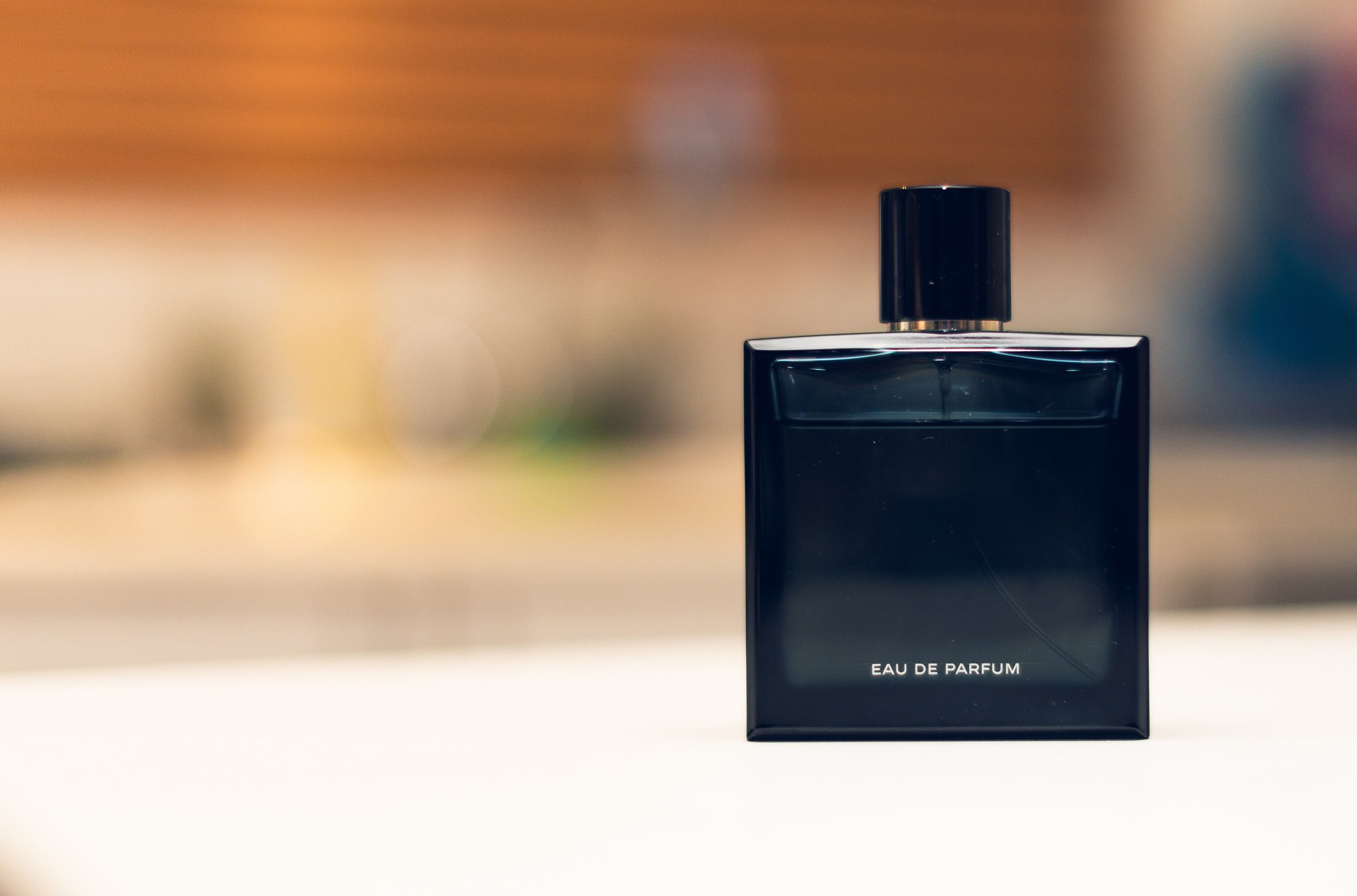The (not so) secret classification of perfumes that you should know about.
A lot of my guests during the perfume making workshops that I lead don’t realize that I don’t say we’re going to make a “parfum” just to sound fancy and French, but it’s because I’m talking about the category of perfume we’re making. Yes, “parfum” (or perfume in French) is a category of perfume.
Confused yet? Let me explain!
Essentially, most perfumes are basically essences that are diluted in alcohol. However, not every perfume has the same quantity of essences! Because of that, the perfume industry came up with a categorization of 5 different types of perfumes (one of which is “parfum”) according to the amount of essences it has, and it’s always written on the bottle you purchase.
Here they are:
Eau Fraiche: 1-3% concentration
An Eau Fraiche is going to be very… fresh! Having the lowest concentration in the spectrum, the fragrance will most likely not last very long on your skin and will be very light. The Eau Fraiche also contains distilled water in the mix which makes it a little easier on your skin.
Eau de Cologne: 3-5% concentration
The Eau de Cologne does not refer to a masculine perfume, as most people in the U.S. believe, but it is a category of perfume that has a low concentration. It was (and still is sometimes) mostly used as an aftershave when it started selling back in the 70s. Because of its high concentration of alcohol, it can really sting when applied. You know what I’m talking about if you’ve ever applied perfume right after shaving any part of your body.
The low concentration of essences make it very cost-effective but the scent will not last long on your skin.
Eau de Toilette: around 10% concentration
The concentration of essences in the Eau de Toilette makes it strong enough to sell as an actual perfume but low enough for it to be affordable. Most of the very popular perfumes will have an “Eau de Toilette” version that will be cheaper, because it has less essences. Unfortunately, that also means that the scent will be lighter and different from the original perfume.
Because I’ve been asked during the workshops and because you also might be asking yourself right now, YES, “toilette” means toilet in French, but it also means getting ready/freshening yourself up, which is why the term “toilette” is used.
Eau de Parfum: around 15% concentration
Almost there! But not yet. Eau de Parfum is a slightly lighter version of the parfum. It will usually hold onto your skin for several hours and is usually preferred by people who get overwhelmed by the strength of the “parfum.”
Parfum: around 20% concentration
There we go! The one, the only, the OG: PARFUM! It contains the highest concentration of essences and will give off the strongest scent, but because of that it will also be the most expensive.
While a perfume could be in any of these 5 levels of concentration, when talking about a “parfum” we usually refer to the perfume category that has the highest concentration of essences, which is what we create during the workshop! This can obviously vary depending on the blend you’ve created but we always try to aim for a high concentration of essences to give off the strongest scent that smells like you!

